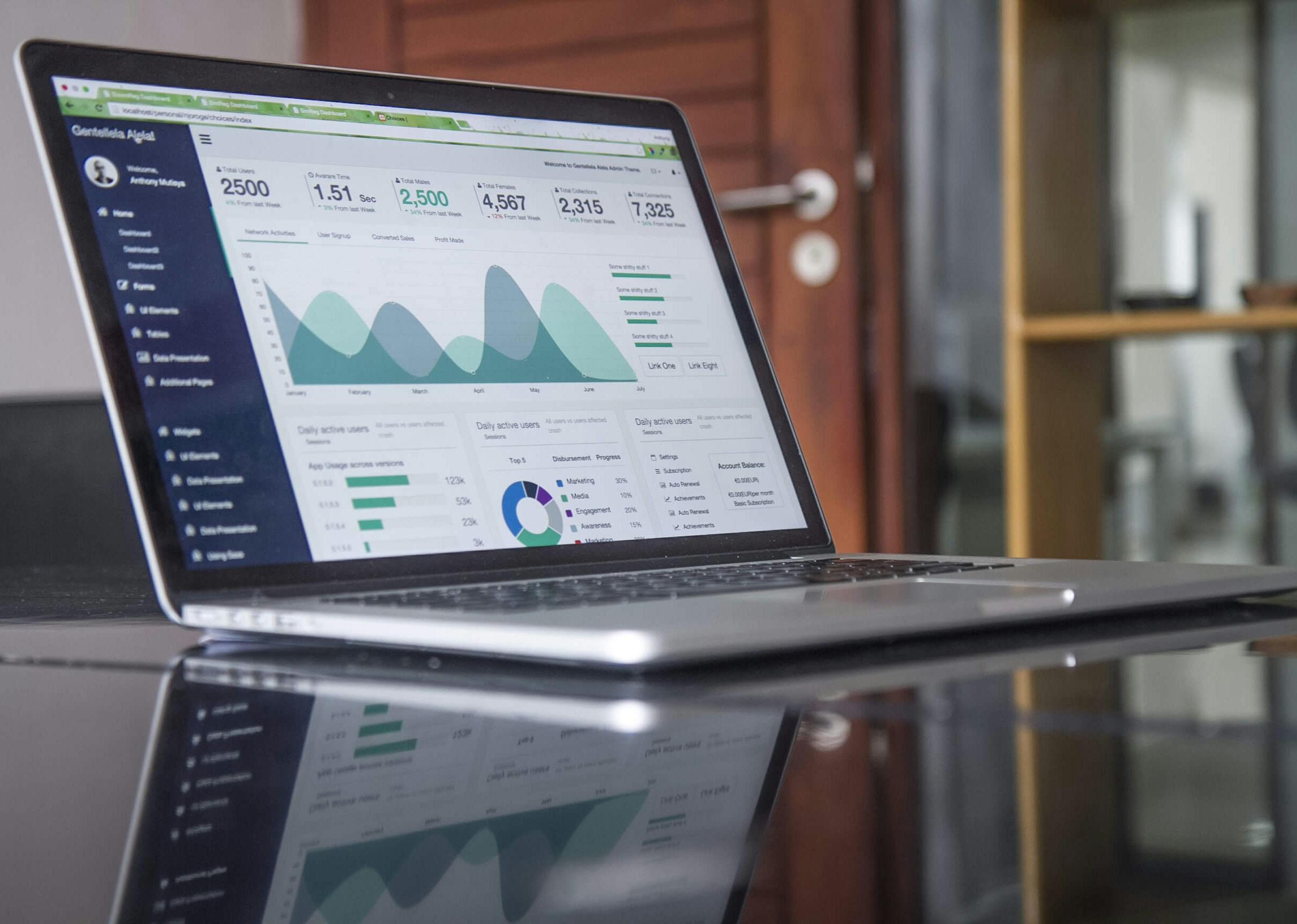You might find the following step-by-step guide for novice investors useful in guiding you through the choices you must make to begin investing in Ireland.
This manual can assist you in determining how much you can invest, the various investment possibilities, and how to select the best investment funds for you. It will also assist you in determining the degree of risk you are comfortable with.

What choices do you have for investing
You might not want to actively handle your money yourself if you are a novice investor. That is where a financial advisor’s experience is useful. A financial advisor can help you determine which funds are best for you based on your risk tolerance and other factors such as your expected return on investment.
The only choice you will have to make is whether you want to invest a large sum, regular savings, or both.
Define your investment goals
You might have decided to invest your money to meet a specific savings objective. You might want to have peace of mind knowing that you have money on hand in case the unexpected occurs or you might be saving for a rainy day.
There are several solutions available to you no matter your reasons for saving. Putting a dollar amount on the amount you need to save for a future event, such as paying for your children’s school, might be useful. For instance, according to the Zurich Cost of Education Survey, the average lifetime cost of primary school education in 2021 was €10,440. In Ireland, the total cost of a third-level education can reach €48,436. Therefore, if your objective is to save money for your children’s education, this may help you estimate how much you might need to put aside.
Calculate how much you can save and invest
You can determine how much you can afford to save by following this step. First, total up your entire monthly income. After that, total up all of your monthly outgoings. The difference between your overall revenue and your outgoings should then be calculated. You can see how much money you still have to invest and save by doing this.
Understand your attitude to risk
When you choose to invest your money, there is a chance that the value of your investment will go down in addition to the possibility that it will go up. You can lower your exposure to this risk by purchasing funds rated as having a low level of risk.
On the other hand, if you are not afraid of taking on additional risk, you can select a fund that has the potential to provide you with a higher return on your investment. This option is available to you if you use the phrase “potential to provide.”Because of this, it is extremely important to comprehend how you feel about taking risks.
Choosing an investment fund
For each risk profile, a distinct fund is available. But you should also think about:
Asset classes, fund management style, duration of investment, and anticipated returns
Cash, bonds, real estate, shares, and alternatives are examples of asset classes. For each class, different fund alternatives are available. They all carry varying risks and rewards.
Either active or passive fund management is possible. To maximize gains and minimize losses, active funds are actively managed by a fund manager who buys and sells investments on the fund’s behalf. An investment’s location in a certain market is tracked by passive funds.
When selecting a fund, other factors to consider include the amount of time you plan to invest for and the expected return on your investment. It is advised to hold your savings in a fund for at least seven years.
Again, a financial expert can assist you as you complete this phase.






